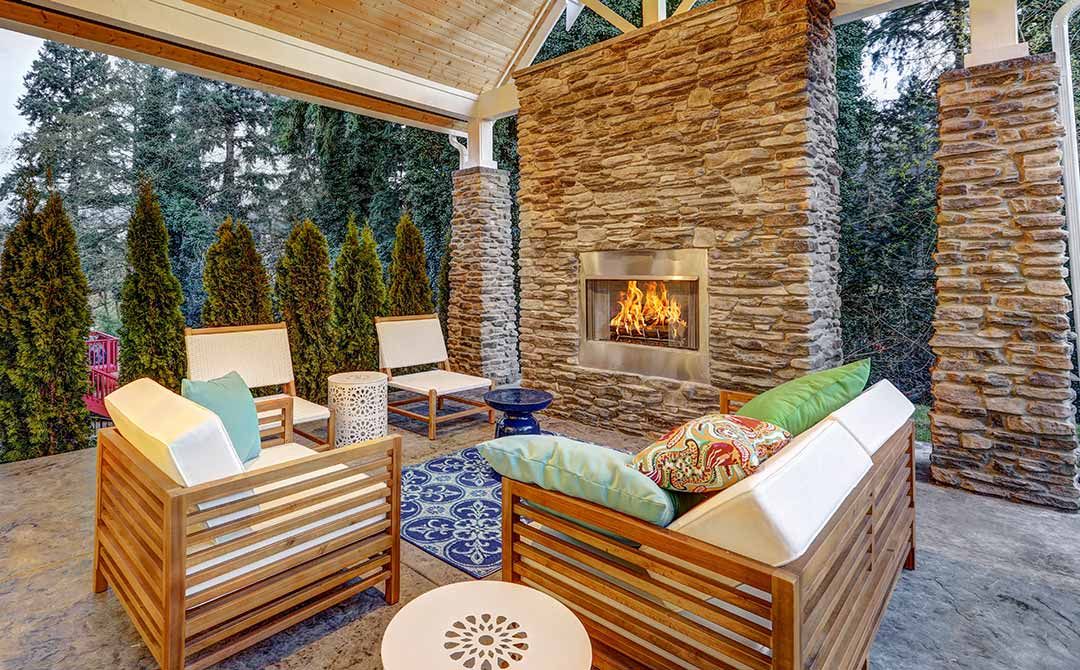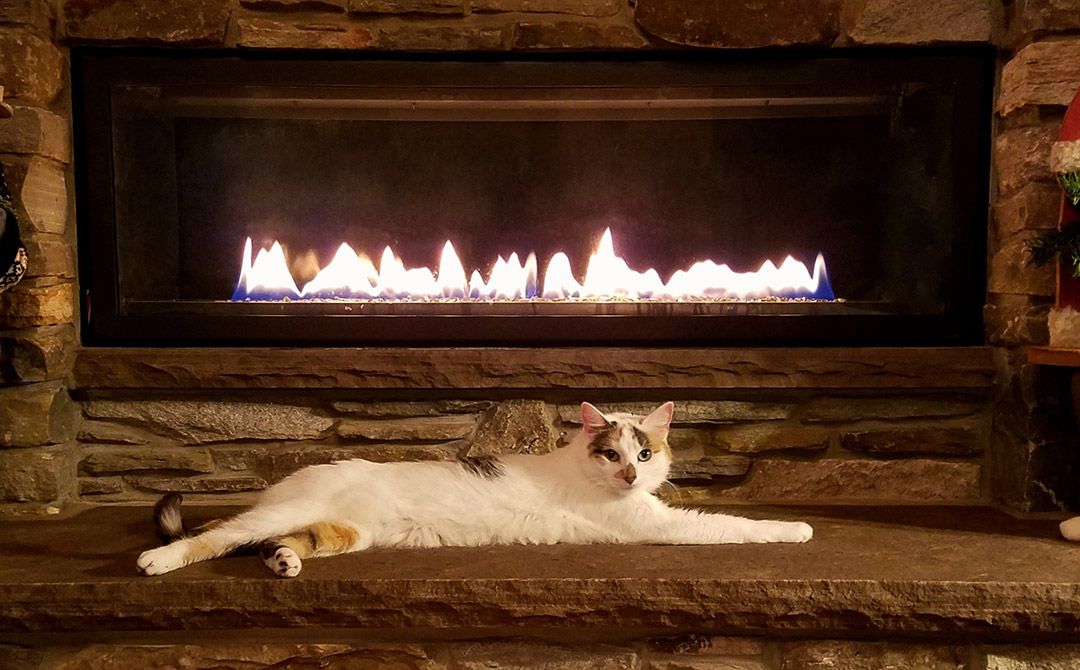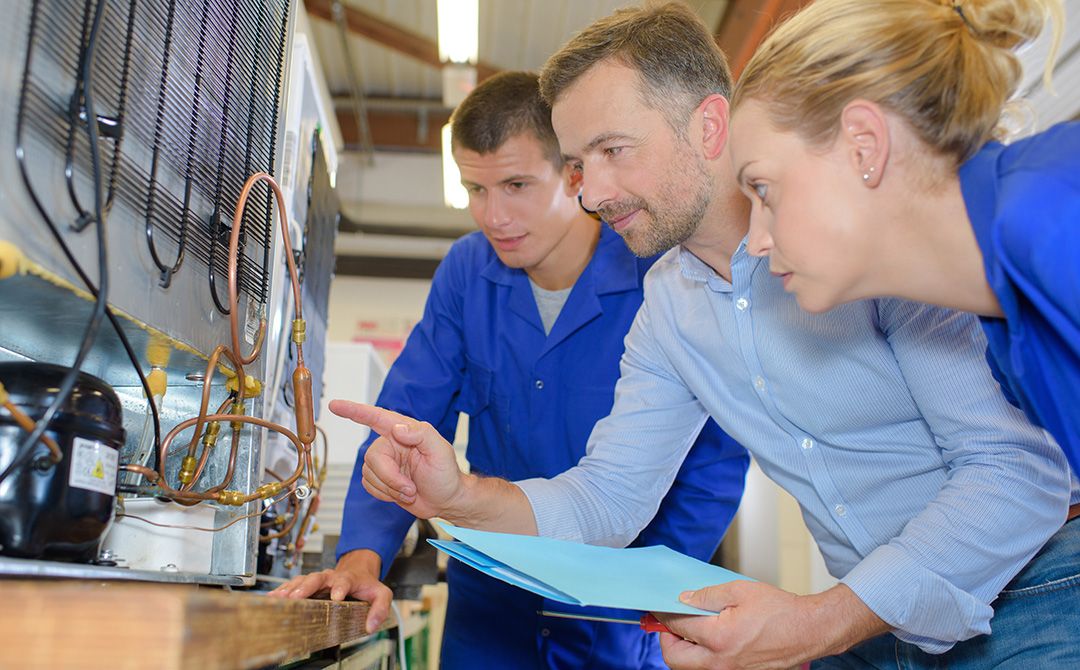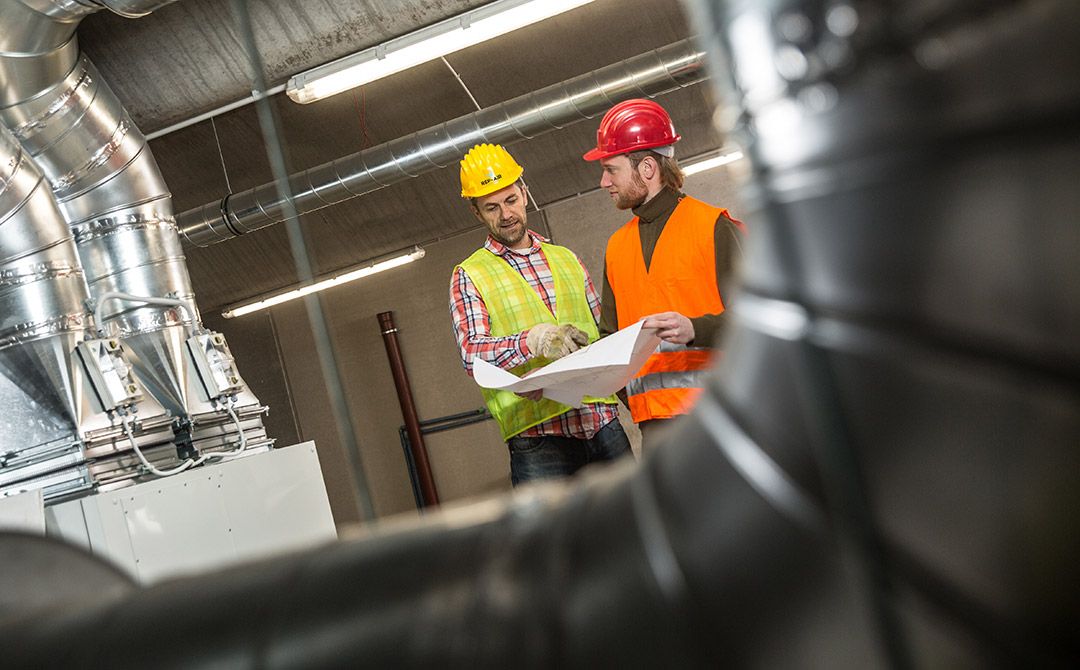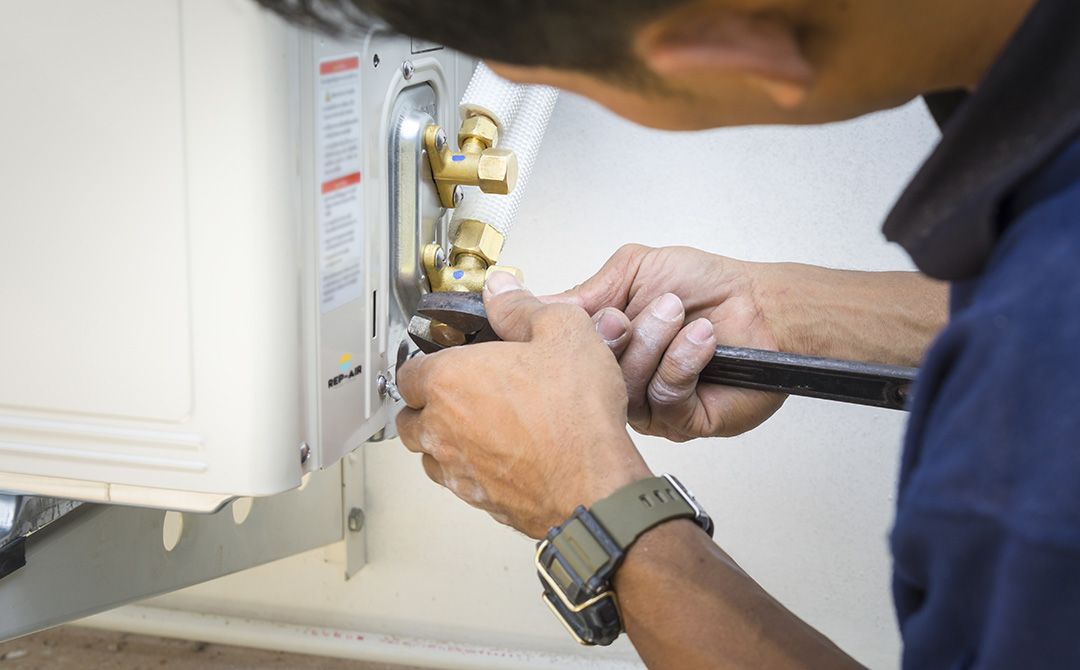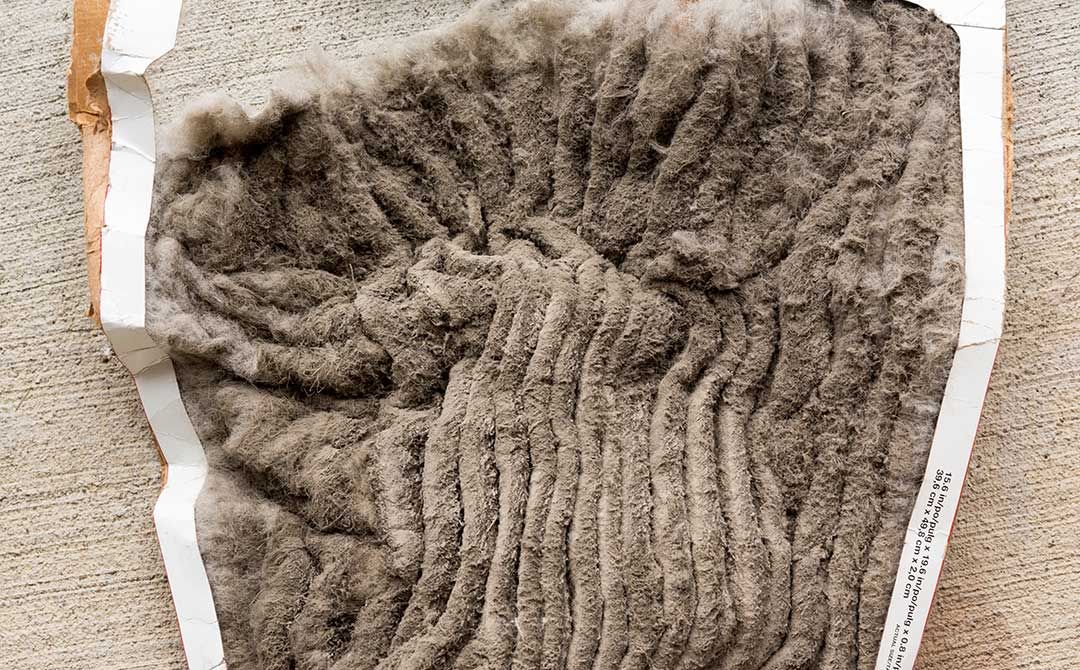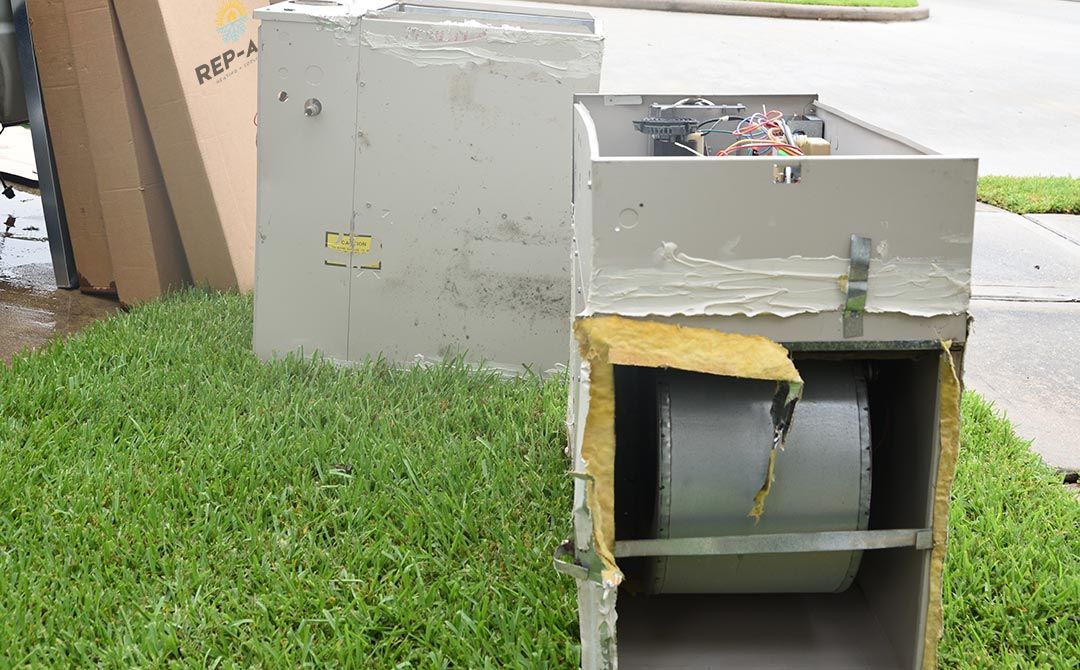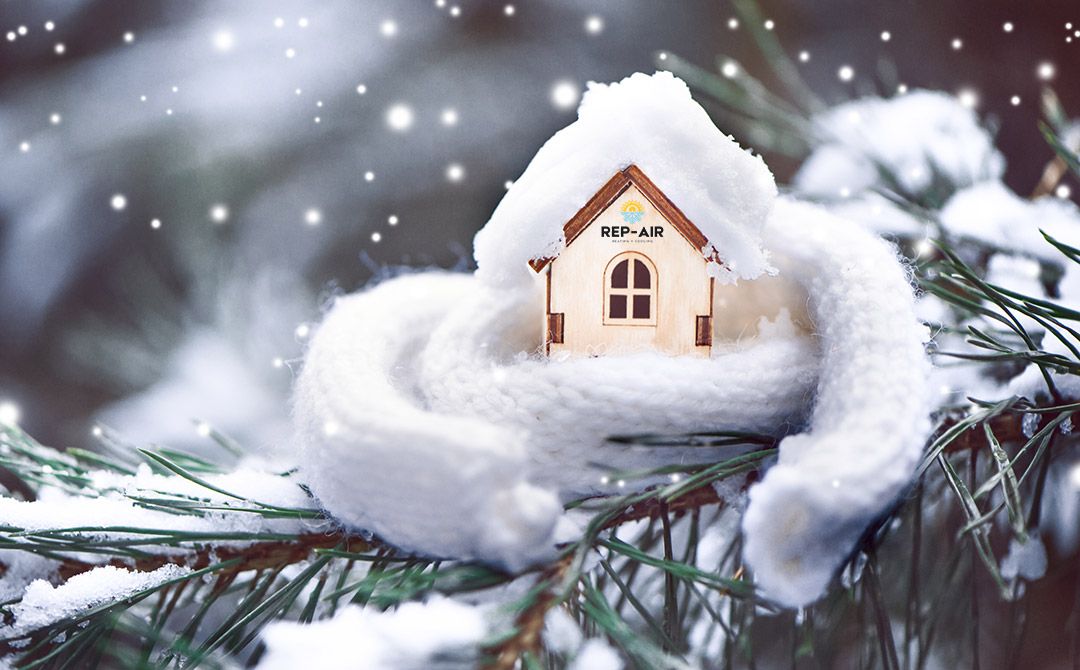The Pros and Cons of Owning a Gas Fireplace
Whether you already own one or are considering a new installation, having a gas fireplace in your home, especially during this chilly time of the year, has its perks.
You may be wondering why, or whether you should settle for an electric or classic wood-burning fireplace instead (provided you have a large enough home to support the usage of one). Let us explain the varying pros and cons of owning a gas fireplace to you so you can make an informed decision.
Pros
- Cheaper than electric fireplaces. Not only are electric ones purely made for decoration, but also you’re paying extra for only a simulation of a fire, i.e. there’s no heat to the flame. Today’s gas fireplaces
- Fewer safety risks. Gas fireplaces (specifically direct-vent units) draw in the air from outside to keep the fire going, and they exhaust all the water vapour and combustion gases by burning the gas.
- Easier to hire a professional for. We offer gas fitting for these types of fireplaces, as well as any outdoor barbecues and utilities that use natural gas.
- Convenient to use. All that’s needed to turn on and off a gas fireplace is a switch. Yes, that’s it!
- Cleaner air. Gas fireplaces don’t require wood for fuel, meaning less smoke is created and our air is kept clean and fresh.
Cons
- Sealed glass. While this part is a necessary component to a safe fireplace, it is inconvenient for people who truly enjoy the feel of heat on their skin.
- Smaller flame. Again, if you really love sitting in front of the fire to keep warm, a gas fireplace’s flame is smaller than that of a wood burning one or even an electric one, depending on its size.
- Less picturesque. This con is based mostly on personal preference, but it is a big one for some, so that’s why we’re including it. The advantage of a wood-burning fireplace is that it really gives off the sounds, smells, and heat we’ve all come to expect from fire, which can make us feel cozy and warm. A gas fireplace’s flames tend to be blue (the hottest type of flame), but it doesn’t leave you with that homey or even nostalgic experience quite the same way a wood fire does.
- The logs’ position can’t be changed. Some people prefer the ability to change the position of the ceramic logs in a fireplace, but this is a bad idea especially if your gas fireplace is a direct vent one. If the logs’ position and look is changed, incomplete combustion can and will occur.
- Professional maintenance is required. While not entirely a downside, a gas fireplace does need professional maintenance more so than a wood-burning one. Wood-burning fireplaces are easier to clean, while gas ones require annual service in order to ensure top performance.
Now that you’ve thought the ups and downs over, do you need professional gas fitting service for a new fireplace? Let us know. At Rep-Air Heating And Cooling we provide our customers with many options that will best suit your needs from heating and cooling to refrigeration. Contact us today for your complimentary quote: 1-778-728-1476 or contact@repairheatingandcooling.com and don’t forget to take a look at our website: https://repairheatingandcooling.com. Follow us on Facebook and Instagram for free giveaways!

